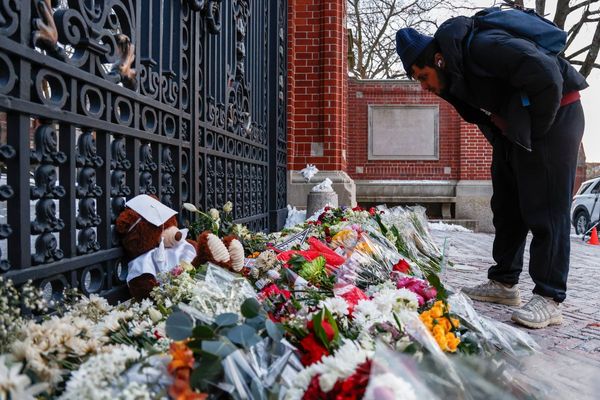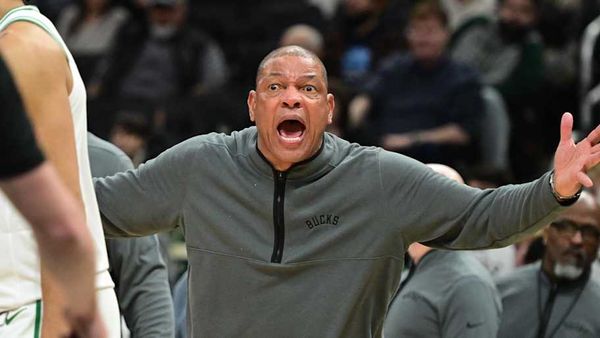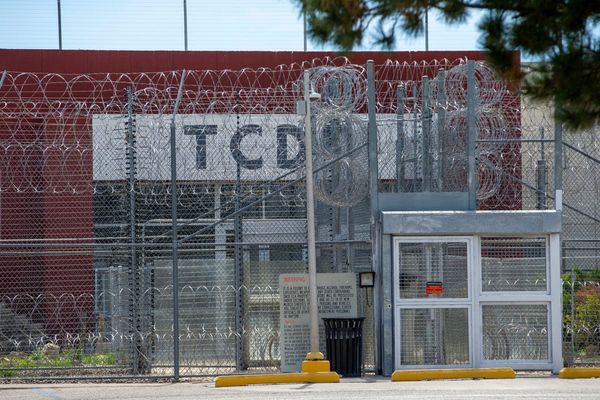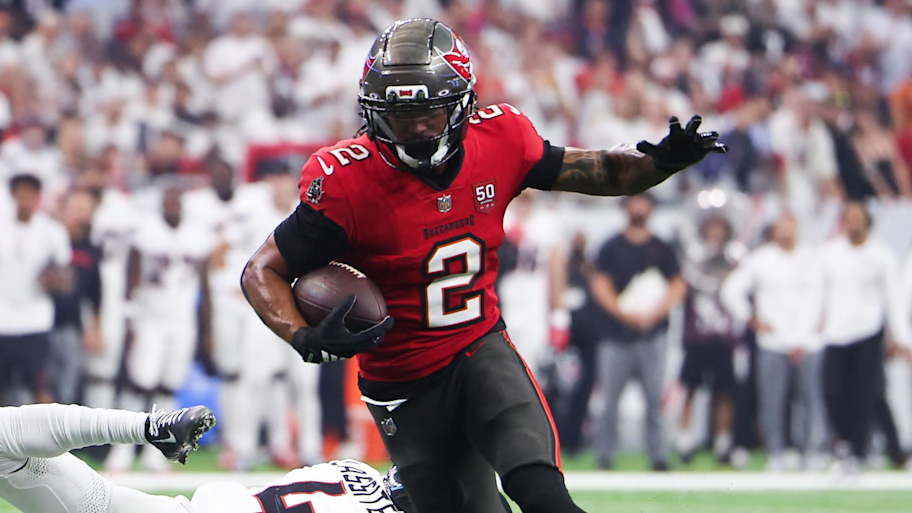
Easy moves are often the obvious ones. The smart ones can be hidden in their value.
On the night of the 2025 NFL draft, the Buccaneers faced a choice. Picking 19th, general manager Jason Licht could have selected slot corner Jahdae Barron, filling an enormous need in the secondary, or taken an edge rusher such as James Pearce Jr. to bolster the front.
Instead, Licht stunned everybody. He took Emeka Egbuka, a wide receiver out of Ohio State.
Egbuka was certainly a reasonable choice in terms of draft slot, but Tampa Bay already had one of the league’s more loaded receiver rooms with superstar Mike Evans, Chris Godwin and second-year man Jalen McMillan.
So far, the move appears to be a stroke of genius.
Through two games, Egbuka is co-leading the NFL with three receiving touchdowns while totaling eight catches for 96 yards. On Monday night in a thrilling 20–19 win over the Texans at NRG Stadium, Egbuka had a scoring grab in the first quarter, and though his stat line of four receptions for 29 yards isn’t eye-popping, his ability to get open and make meaningful plays has been.
With Godwin still recovering from a dislocated ankle sustained in Week 7 of last season, McMillan on injured reserve with a neck injury and Evans perhaps in his final year, the need was greater than maybe some believed, but still not a glaring issue.
Yet Licht saw the value of doubling down on an already strong part of the roster, something other intelligent general managers have done over the years.
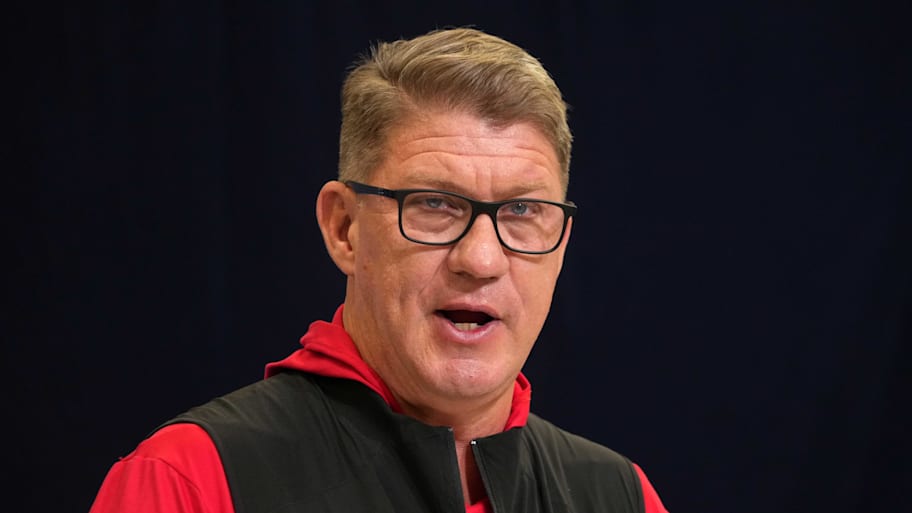
Nobody has done it more than Eagles GM Howie Roseman, who has selected an offensive or defensive lineman with seven of his previous 15 top-100 selections. A few of those names include Jalen Carter, Milton Williams, Cam Jurgens, Nolan Smith, Tyler Steen, Landon Dickerson and Jordan Davis. The result was winning Super Bowl LIX with the best trench team in football, with two of those choices becoming All-Pros and three being named to Pro Bowls.
But this isn’t a new phenomenon. For decades, championship teams have found tremendous success taking a player early who wasn’t seen as a need fit, but more in the best-player-available bucket.
In 1999, the Rams already had a future Hall of Fame receiver in Isaac Bruce but little else. They still selected fellow wideout Torry Holt with the sixth pick. Holt is a perennial Hall of Fame candidate, and helped St. Louis win the Super Bowl as a rookie while recording 52 receptions for 788 yards and six touchdowns, along with a score in Super Bowl XXXIV against the Titans.
Two years later, Hall of Fame general manager Bill Polian used the 30th pick to draft Reggie Wayne, pairing him with Marvin Harrison in Indianapolis. Harrison was coming off two seasons in which he combined for 3,076 yards and 26 touchdowns, and the Colts had myriad defensive needs. Polian took Wayne anyway and the duo became one of the greatest ever, ultimately winning a title in 2006 with Wayne finishing his career with 14,345 yards and 82 touchdowns.
While not involving a first-round selection, the Patriots took both Rob Gronkowski and Aaron Hernandez in the second- and fourth rounds, respectively, in 2010, providing Tom Brady with arguably the greatest tight end combo of the century for three years until Hernandez’s heinous off-field acts came to light.
In those three campaigns, Gronkowski and Hernandez combined for 4,619 yards and 56 touchdowns, helping lead New England to Super Bowl XLVI in 2011. Gronkowski ended up winning three Super Bowls with the Patriots and another in Tampa Bay before retiring following the ‘21 season.
Time and again, we’ve seen championship teams build by adding onto a strength when finding good value in the early rounds instead of attempting to force a pick because of an immediate need.
Licht has followed that path. While only two games in, Egbuka appears to be a smart choice.
More NFL on Sports Illustrated
This article was originally published on www.si.com as The Buccaneers Built on a Strength, and It’s Working.

